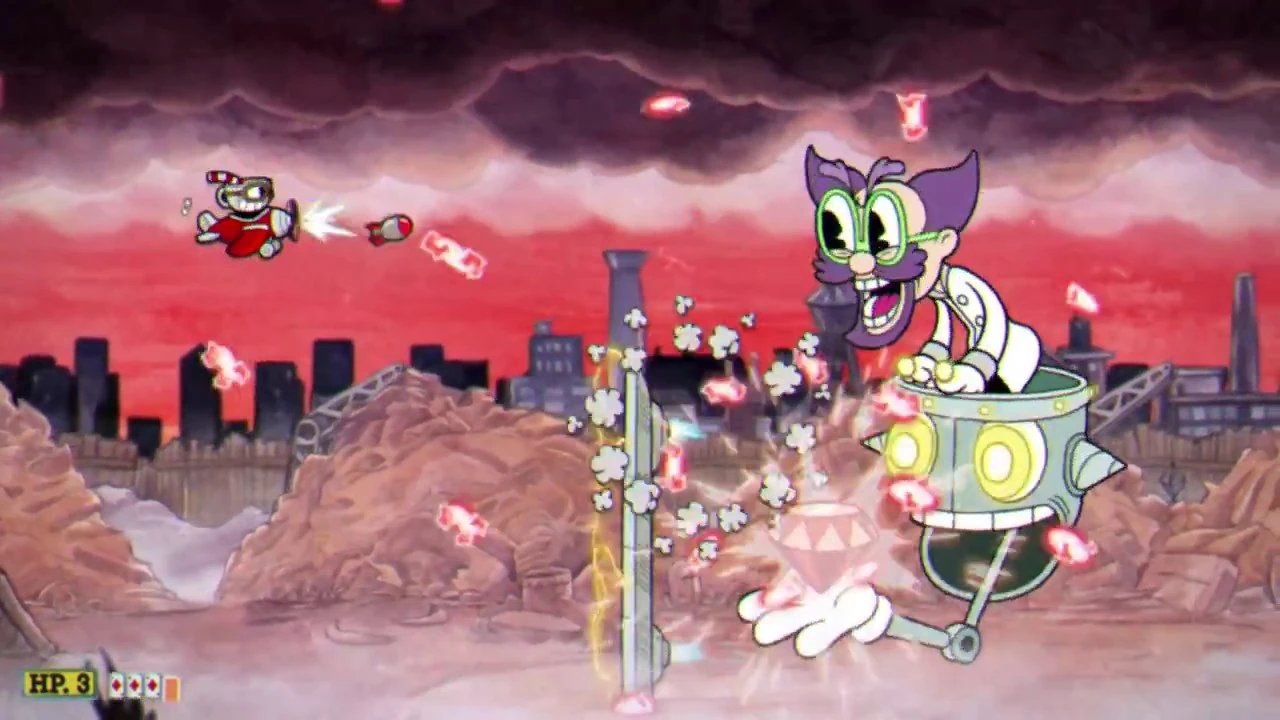Lego Robotics/Instructional Technology
Upon visiting classrooms throughout P.S. 255, technology integration is clearly evident. Teachers use technology to complement their lessons throughout the day. Technology is infused into instruction in all subject areas. Our school has wireless internet (WiFi) available in all instructional areas. Mobile technology such as iPads and laptops, used along with interactive white boards are available in our classrooms. Sets of laptop computers and tablets are available for teachers to borrow to assist in differentiating instruction. Technology helps our teachers’ work more effectively in all subject areas. Integration of technology instruction helps to broaden and expand student learning.
LEGO Robotics a project-based approach to STEM instruction.
Our Lego Robotics program, under the instructional lead of Mr. Paul Armada, provides our students the opportunity to learn 'real world' skills using current technology with dynamic, hands-on experience. Students employ interaction skills with peers in project-based learning. From the moment each Robotics class begins, students are immediately engaged in activities to complete tasks by understanding and following instructions, written directions, and extracting information from and reading diagrams. Robotics classes challenge students in tasks that include hands-on experience in Science, Technology, Engineering, and Mathematics (STEM) subjects using manipulatives that many students are familiar with: LEGO products. Students are introduced to real-world skills in a friendly, student-centered environment which lessons are closely aligned with the common core standards.
Creator: Logan Gels. 4110 Robotics: 2: 2/7/19. Winner will be decided after each phase Phase 1 will begin Feb 14 - May 31 Phase 2 will begin. 5G fundamentals and systems design NSF Wireless Cities Workshop February 2-3, 2016 1 Vincent D. Park Senior Director, Engineering.
Robotics Phase 2 Mr. Mac's Virtual Existence According

Robotics Phase 2 Mr. Mac's Virtual Existence -
Learning Robotics through Developing A Virtual Robot Simulator in Matlab Abstract Due to the expensive nature of an industrial robot, not all universities are equipped with areal robots for students to operate. Learning robotics without accessing to an actual robotic system has proven to be difficult for undergraduate students. –!1: A robot may not injure a human being or, through inaction, allow a human being to come to harm. –!2: A robot must obey any orders given to it by human beings, except where orders conflict with the First Law. –!3: A robot must protect its own existence as long as protection does not conflict with First or Second Law.
